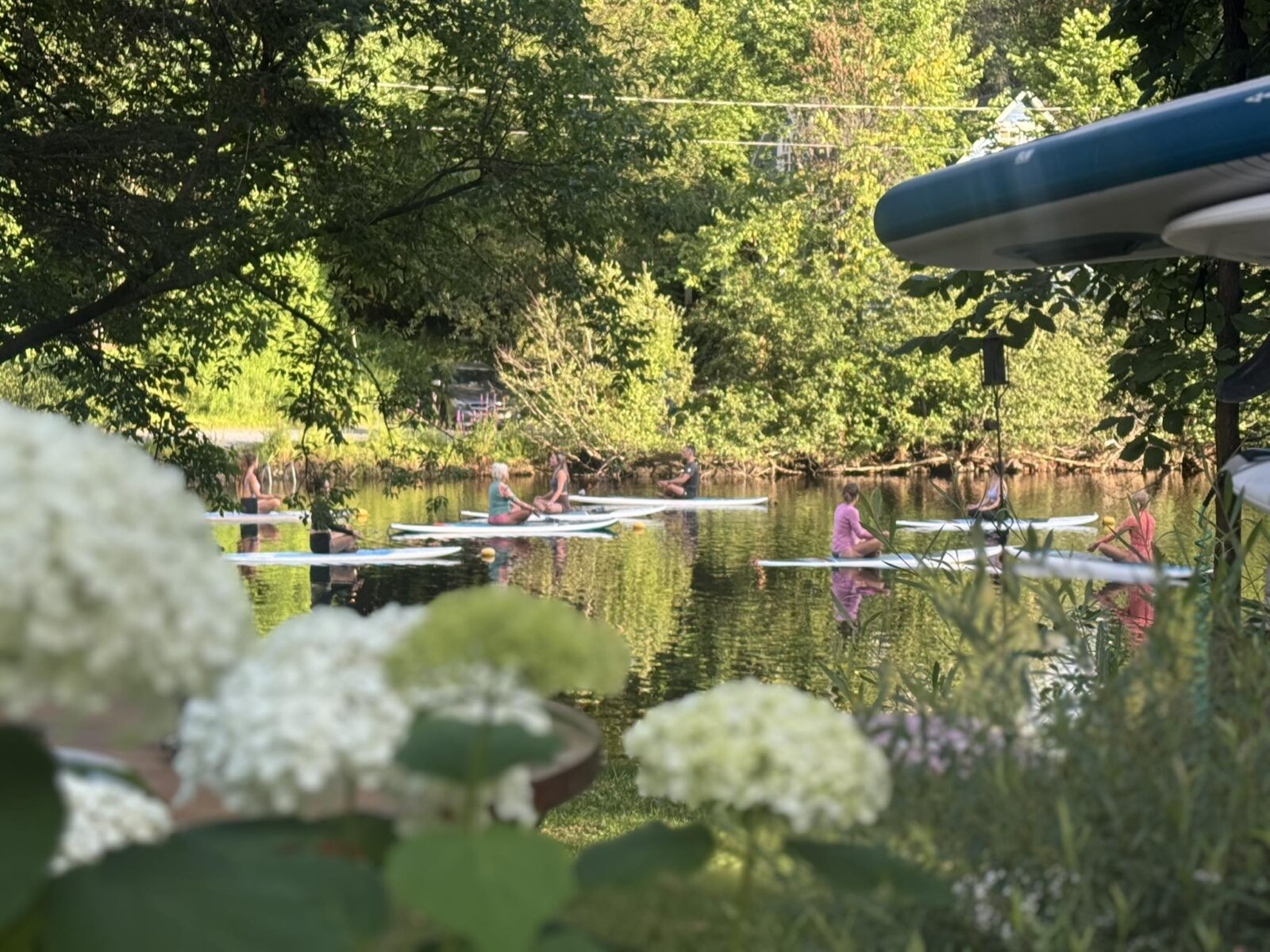The modern world moves fast — too fast for most of us to keep up without feeling exhausted, anxious, or mentally scattered. Traditional therapy offers support through conversation and reflection, but many people are now finding healing in a different setting: nature. The quiet forests, open skies, and calm waters offer the kind of restoration that no office can. That’s why experiences like those at Le SHED Studio where movement, mindfulness, and nature converge — are quickly becoming the new therapy.
Here’s why nature retreats are emerging as one of the most powerful ways to restore balance, clarity, and emotional well-being.
1. The Science of Nature’s Healing Power
Numerous studies confirm what ancient traditions have always known — nature heals the mind. Time spent in green or blue spaces (forests and water bodies) activates the parasympathetic nervous system, the body’s natural “rest and digest” response.
Research-backed benefits include:
- Lower cortisol (stress hormone) levels.
- Reduced symptoms of anxiety and depression.
- Improved sleep quality and immune response.
2. From Talk Therapy to “Walk Therapy”
Traditional therapy often focuses on verbal processing. Nature retreats take healing beyond conversation — turning movement, silence, and sensory awareness into active therapy.
Why this works:
- Walking, stretching, and breathing in open environments stimulate bilateral brain activity — similar to EMDR therapy used for trauma recovery.
- The mind processes emotions more fluidly during rhythmic movement.
- Physical motion paired with calm surroundings fosters emotional release without force.
This combination of body and environment allows participants to experience breakthroughs in understanding and calm without needing to “talk through” every emotion.
3. Detox from Overstimulation
Most people spend 90% of their lives indoors, surrounded by screens, artificial light, and noise. These constant stimuli keep the nervous system in a mild state of fight-or-flight. Nature reverses that effect in minutes.
Outdoor therapy achieves:
- Lower heart rate and blood pressure.
- Reduced sensory overload.
- Enhanced attention span and creativity.
A few hours in silence near a lake can do more for your stress levels than an entire weekend of scrolling and distraction.
4. Embodied Awareness: Healing Through the Body
Therapy doesn’t have to happen through words alone. The body stores emotional memory, and releasing it requires physical awareness — something nature encourages effortlessly.
Body-based healing methods include:
- Yoga for energy flow and emotional release.
- Breathwork to regulate the vagus nerve.
- Cold exposure or water immersion to reset the nervous system.
5. Water as a Natural Therapist
The presence of water enhances healing in profound ways. It soothes the nervous system, improves mood, and creates a meditative rhythm that mirrors deep breathing.
Water therapy benefits:
- Encourages parasympathetic dominance (relaxation state).
- Balances emotions through rhythmic sensory feedback.
- Promotes introspection and stillness.
SUP yoga and floating meditation, signature practices at Le SHED Studio, take advantage of these effects — offering participants a form of “liquid mindfulness” that resets the body’s stress response naturally.
6. The Therapeutic Role of Silence
Most people fear silence, associating it with loneliness. In reality, silence is one of the most potent healing tools available. It allows emotions to settle and thoughts to realign.
Retreat silence leads to:
- Mental decluttering and cognitive reset.
- Greater emotional clarity and intuition.
- Deeper self-awareness without external influence.
In guided silence sessions, participants discover that peace isn’t the absence of sound — it’s the absence of internal chaos.
7. Community and Connection
While solitude heals, shared experience amplifies growth. Nature retreats bring together like-minded individuals seeking restoration, creating a balance between introspection and belonging.
Emotional benefits:
- Increased oxytocin (connection hormone).
- Reduced feelings of isolation and burnout.
- Supportive, judgment-free environments for self-reflection.
8. Mindfulness Without Effort
Meditation in a quiet room can feel forced. But in nature, mindfulness happens automatically. The brain aligns with natural rhythms — the sound of water, rustling leaves, and wind patterns act as organic anchors for attention.
Natural mindfulness effects:
- Decreases activity in the default mode network (responsible for overthinking).
- Strengthens focus and sensory awareness.
- Induces flow states associated with happiness and creativity.
Nature doesn’t ask you to meditate — it teaches you how.
9. Reconnection to Purpose
Most modern stress stems from disconnection — from nature, from the body, and from meaning. Nature retreats provide the space to reconnect with deeper values and personal direction.
This reconnection promotes:
- Renewed sense of purpose and motivation.
- Clearer priorities and decision-making.
- Sustainable emotional resilience.
When external noise fades, internal truth surfaces — and that’s the essence of therapeutic restoration.
10. Sustainable Transformation
Unlike temporary wellness trends, nature therapy creates lasting neurological and behavioral changes. The combination of movement, mindfulness, and environmental immersion reprograms how the body handles stress.
Long-term benefits:
- Improved adaptability to daily pressure.
- Enhanced emotional regulation.
- Greater sense of harmony and gratitude.
Final Thoughts
Modern therapy has evolved — it’s no longer confined to four walls and structured conversations. True healing now involves movement, environment, and mindfulness in equal measure. Nature retreats embody this shift, offering science-backed, soul-deep renewal.






